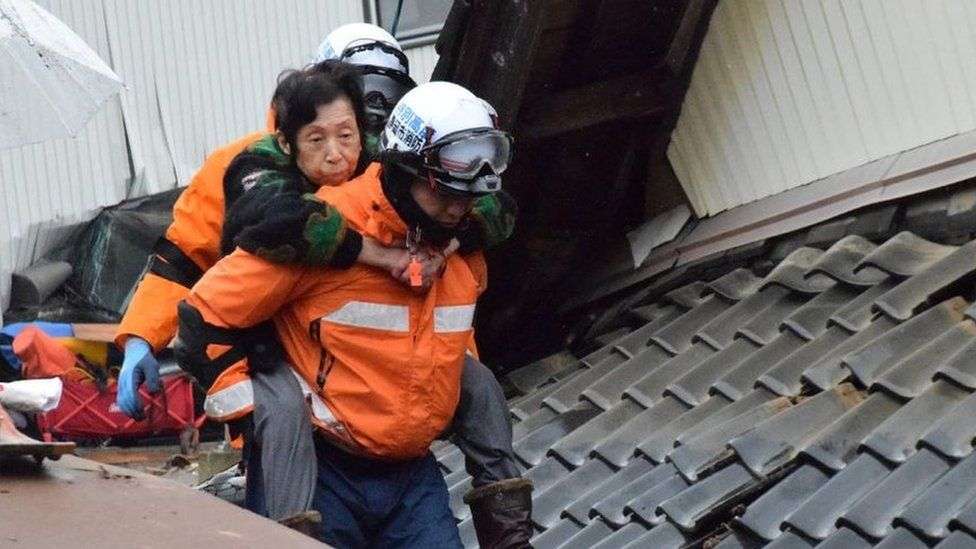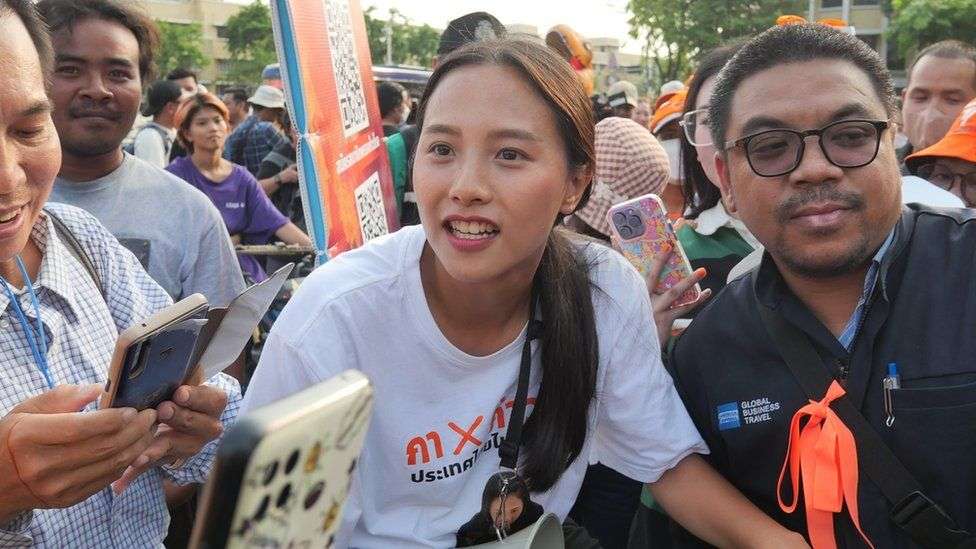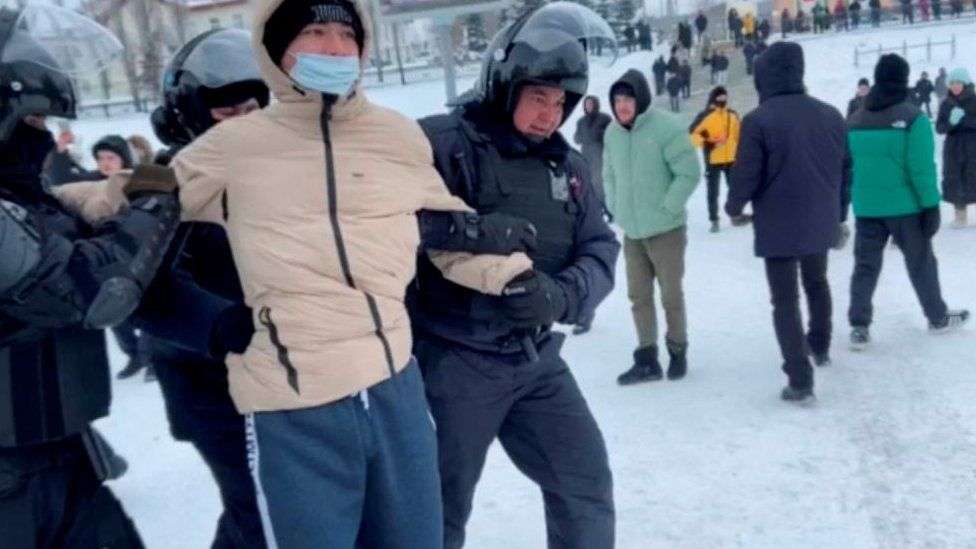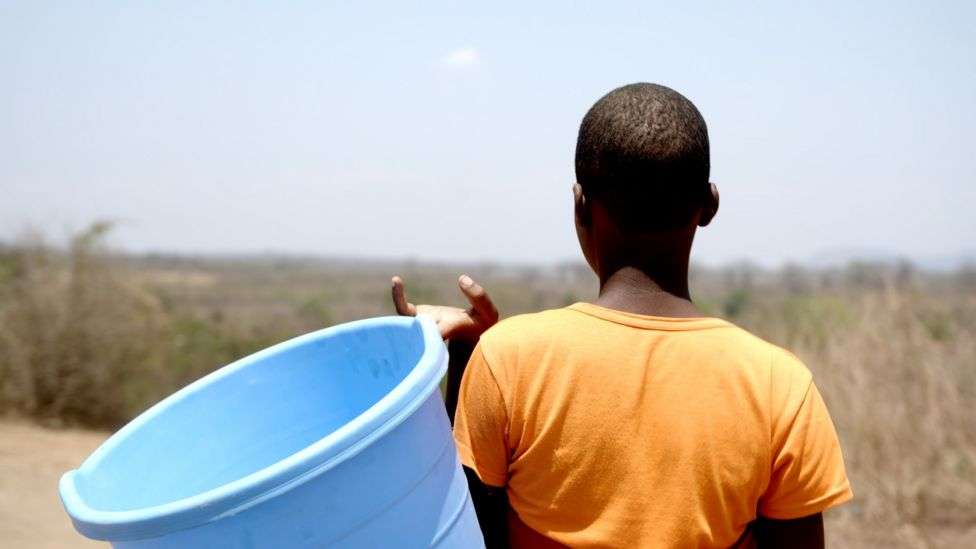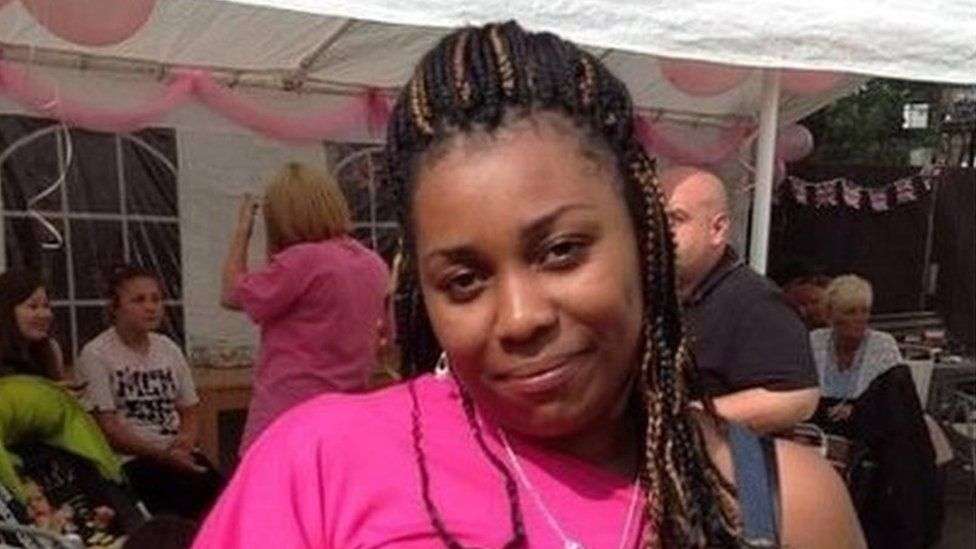Rescuers in Japan are racing against time in their search for survivors of the New Year's Day earthquake, as a critical three-day window has now shut.
At least 82 people were killed when a 7.6 magnitude earthquake hit the remote Noto peninsula on Monday at 16:10 local time (07:10 GMT).
Many people are thought to be trapped under their collapsed homes - mostly in the towns of Suzu and Wajima.
After 72 hours, the chances of finding people alive drops substantially.
Tens of thousands of residents are still without power and water, while hundreds remain isolated from help due to landslides and blocked roads.
Japan's Prime Minister Fumio Kishida had earlier on Thursday said 150 people had been rescued so far, and that rescuers would continue with their full-scale efforts to save as many as possible.
"This is a very difficult situation. But from the viewpoint of protecting lives, I ask that you make every effort to save and rescue as many lives as possible by this evening, when the critical 72 hours of the disaster will have passed," he said.
The tremor on Monday, which was followed by a series of aftershocks, injured at least 330 people, according to AFP news agency.
More than 30,000 people in the quake-affected areas are still in shelters, with some towns lacking water, electricity and internet connection.
Meanwhile stories of dramatic rescues have been going viral online. A video posted by Peace Winds Japan, a local NGO that helped with the rescue, show several rescuers ploughing through layers of collapsed furniture to rescue a woman trapped under her home. They then wrapped a thick blanket around her.
The OceanNewsUK saw extensive destruction on a visit to Wajima on Wednesday, where some homes and vehicles were crushed under crumbling concrete. . Many of the town's old, traditional wooden homes had collapsed.
Japan introduced new regulations to protect buildings from earthquakes in 1981, but many of the wooden homes were built before these were introduced.
Some of the Wajima's residents, many of them elderly, had not carried out the work to upgrade their homes. Data from 2018 showed that more than half the buildings in the town were not in line with the new standards.
With a population of about 23,000, Wajima now resembles a ghost town as most heeded the early warnings to evacuate, when tsunamis were forecast.
But it has still recorded the largest death toll, with 48 confirmed deaths - more than half of the total number of casualties. That number is expected to rise, as some areas surrounding the town are still cut off by ruptured roads and landslides, with help unable to reach people.
Shigeru Sakaguchi, mayor of Wajima, said food and other aid supplies had reached only 2,000 out of 10,000 evacuees from the town so far.
According to the mayor of Suzu, a town with a population of about 13,000, almost none of its houses are standing. Around 90% are completely or almost completely collapsed, Masuhiro Izumiya said.
A small tsunami struck the town one minute after the major quake.
Japan is one of the most seismically active countries in the world, and activity has been increasing around Noto since the end of 2020. There have been more than 500 small and medium earthquakes here over the past three years.


